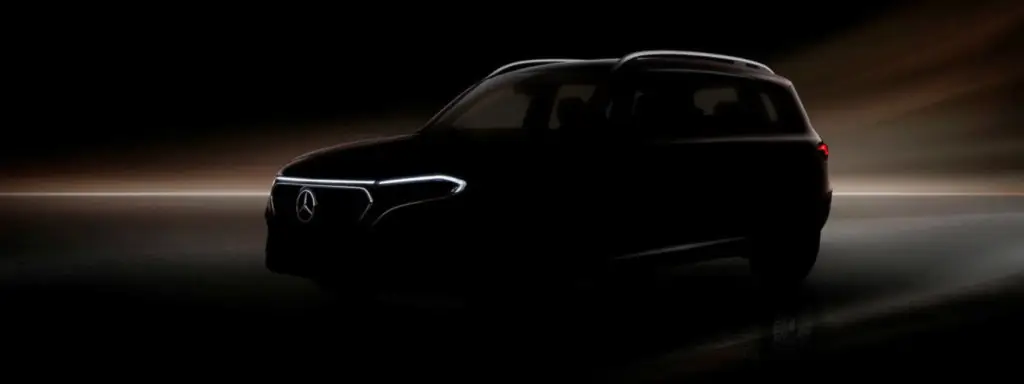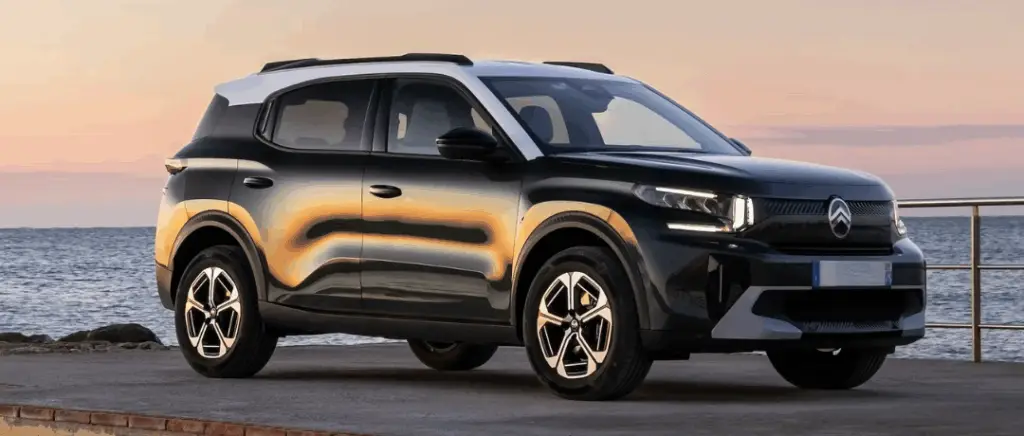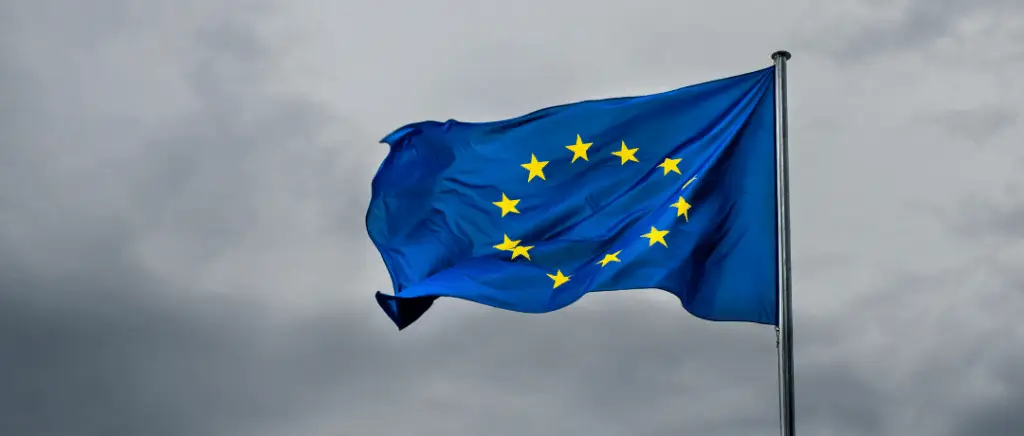Monday to Friday 9am - 12.30pm - 2pm - 7pm
A 7-seater SUV planned for 2021
The EQB will set a new standard in the electric compact class thanks to its flexible space. It can accommodate up to seven passengers or a maximum of 1,700 litres of luggage. Following the launch on the Chinese market, the European version of the EQB will follow later this year. For the United States, we'll have to wait until 2022 for the first deliveries.
Compact on the outside, spacious on the inside
The new EQB offers generous space and a maximum boot volume of 1710 m2 thanks to the GLB's long wheelbase (2829 mm). The inclination of the backrests in the second row can be adjusted in several rows.
Here are the known specifications of the EQB to date
- 7 seats
- Length x width x height: 4684 x 18341 x 16672 millimetres
- Combined fuel consumption: 16.2 kWh/100 km
- Autonomy (WLTP) 478 km
- Boot volume: 1620 L (7 seats)
Generous space
- The headroom of the first row of seats is 1,035 millimetres.
- The second is 979 millimetres for the five-seater
- At 87 millimetres, knee room in the rear of the five-seater is comfortable.
- The boot is flat and spacious, and the load volume of 495 to 1,710 or 465 to 1,620 litres (figures for the five- and seven-seaters respectively) has all the qualities of a compact estate car.
- The recline of the backrests in the second row can be adjusted to suit individual tastes.
- As a result, the boot can be enlarged by up to 190 litres and can be used for a wide range of purposes.
As an option (standard in China), the EQB has a third row of seats with two additional individual seats. These seats offer comfortable space for people up to 1.65 metres tall.
Safety equipment
- Removable headrests
- Safety belts with retractors and force limiters on all outer seats
- A side windowbag that also covers passengers in the third row.
- Up to four child seats can be installed in the second and third rows, plus another on the front passenger seat.
- To increase load space, the third-row seats can be lowered flush with the load floor.
A design worthy of Mercedes
The EQB embodies the modern luxury of Mercedes-EQ. It features the famous black Mercedes-EQ radiator grille with central star. The continuous light strip at the front and rear is another distinctive feature of the all-electric world of Mercedes-EQ vehicles. A horizontal fibre-optic strip connects the daytime running lights of the full-LED headlamps, ensuring a high degree of recognition both day and night.
The LED rear lights are perfectly integrated with the tapered LED light strip. This emphasises the EQB's impression of horizontal width from the rear. In addition, the number plate is positioned on the bumper, creating a beautifully sculpted tailgate. Studded roof rails underline the high utility value of the new EQB.
The driver faces a wide-screen cockpit, with control and display via MBUX (Mercedes-Benz User Experience). The robust character of the interior is underlined by aluminium-look tubular elements. These are used as door handles, in the centre console and in the dashboard on the passenger side.
ECO navigation system
Assist offers a regeneration process that is optimised according to the circumstances. It incorporates navigation data, road sign recognition and information from the vehicle's sensors into its efficiency strategy. Anticipatory driving saves power and increases range.
The standard navigation system with electric intelligence also contributes to the EQB's effortless everyday driving. It calculates the quickest route to the destination, including any necessary recharging stops. On the basis of continuous range simulations, the system takes into account the necessary charging stops as well as many other factors, such as topography and weather. It is also capable of reacting dynamically to changes, for example in the traffic situation or personal driving style. In addition, navigation with electrical intelligence ensures that the battery the high voltage is brought to an optimum charging temperature before a planned charging stop, if necessary.
A vast network of charging points and green electricity
At home or at public charging stations, the EQB can be comfortably recharged up to 11 kW in alternating current (AC) using the on-board charger.
The charging time required for a full charge depends on the infrastructure available and the vehicle's country-specific equipment.
The load on a Wallbox Mercedes-Benz is much faster than using a household socket.
And, of course, it's even faster at DC fast-charging stations. Depending on the SoC (State of Charge) and battery temperature, the EQB can be recharged at a corresponding charging station with a maximum output of 100 kW.
Charging time is just over 30 minutes between 10 and 80 % SoCs. For AC and DC charging, the EQB is equipped in Europe and the United States with a CCS Combo (Combined Charging Systems) on the right-hand side panel.
Over 200,000 charging stations available in Europe
Thanks to Mercedes me Charge, EQB drivers will be able to use what is currently the world's largest charging network, comprising more than 500,000 AC and DC charging stations in 31 countries. Mercedes me Charge allows Mercedes-EQ customers to easily use charging stations from different suppliers, while benefiting from an integrated payment function with simple invoicing processes.
Thanks to high-quality certificates of origin, Mercedes-Benz guarantees that the energy fed into the network is of renewable origin. Thanks to Mercedes me Charge, customers can charge their vehicle at more than 200,000 public charging stations. These stations are located throughout Europe.
When will the EQB be released?
Production of the EQB will begin in 2021 at two sites forming part of the Mercedes-Benz Cars: at the Hungarian Mercedes-Benz plant in Kecskemét for the global market and at the German-Chinese joint venture BBAC in Beijing for the Chinese market. Preparations, including staff qualification processes and rebuilding work, have already begun at the plants. The EQB compact SUV will be Hungary's first pure electric production vehicle and will complement the plug-in hybrid portfolio that includes the CLA and CLA Shooting Brake.
Since production began in 2012, the Mercedes-Benz plant in Hungary has become an increasingly important part of the global Mercedes-Benz Cars production network. In addition to digital networking, the strengths of the compact car production network include direct exchange with the main compact car plant in Rastatt, Baden-Württemberg.
What do you think of the Mercedes EQB?
To read - Mercedes-Benz electric vehicles
Discover the electric cars available from Beev
































